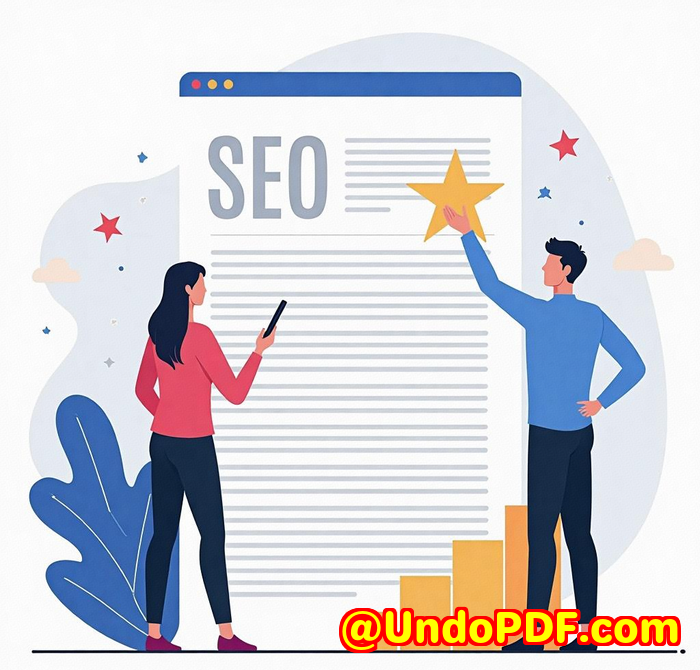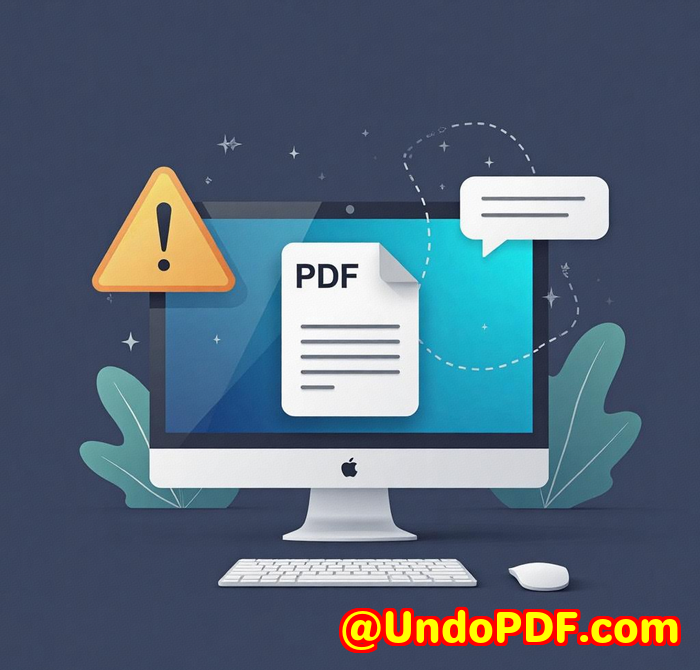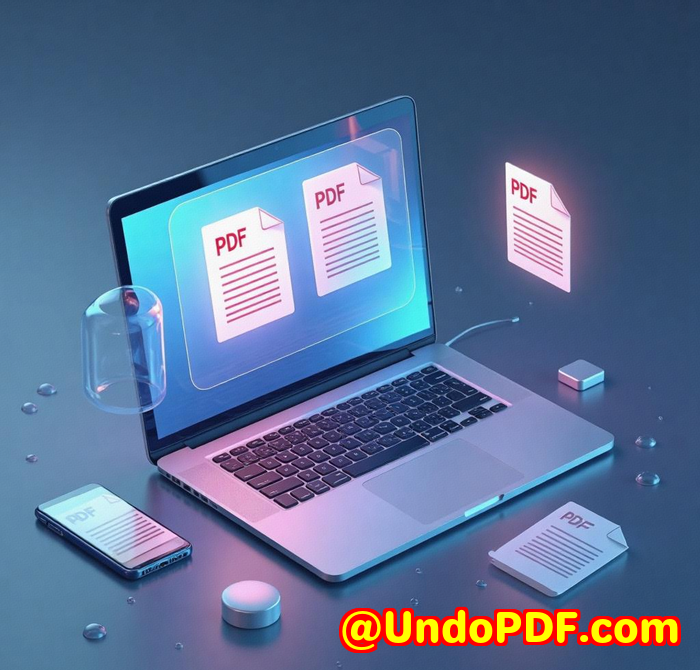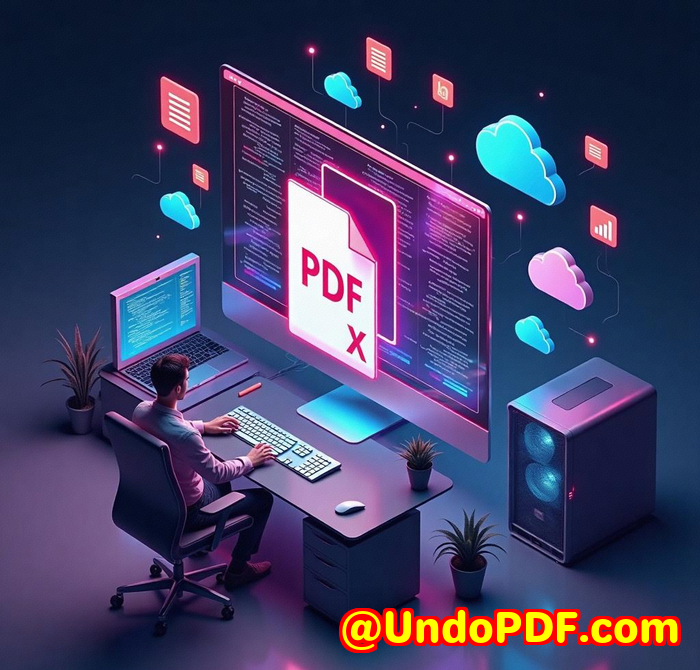How to Convert Interactive Dashboards from Web to PDF for Client Reports
How to Convert Interactive Dashboards from Web to PDF for Client Reports
Meta Description
Struggling to export dynamic web dashboards to PDF for your reports? Here’s how I simplified the process using VeryPDF’s Webpage to PDF Converter API.
Every Monday morning, I used to dread generating PDF reports from web dashboards
Our team builds interactive dashboards for clientslive, beautiful, feature-rich dashboards. They’re powered by real-time data, use JavaScript libraries like Chart.js and Highcharts, and are loaded with interactive filters and responsive layouts.

But here’s the thing.
Clients? They still want their PDF reports.
“Just send me a printable version” is the usual Friday afternoon message I’d get. You know the drillconvert a dynamic web-based dashboard into a static but well-designed PDF for stakeholders who prefer email attachments over URLs.
We tried printing from the browser. Nopebroken layouts, missing charts, and CSS that disappeared into oblivion. We tried Chrome extensions. Better, but still not reliable. One report looked fine, the next was a complete mess.
Then I found VeryPDF Webpage to PDF Converter API, and everything changed.
The tool that actually works for converting web dashboards to PDFs
I was sceptical at first.
You hear “convert HTML to PDF” and you assume it’s the same old dealtext-heavy pages convert okay, but anything dynamic, visual, or JavaScript-heavy falls apart.
But I gave VeryPDF Webpage to PDF Converter API for Developers a shot because I was desperate for something that could handle real-world pagesthe kind with charts, CSS grids, Bootstrap layouts, and external libraries.
Spoiler alert: It crushed the job.
Here’s what got me hooked.
What makes VeryPDF Webpage to PDF API actually usable?
It renders like a browser not a bot
Most HTML to PDF tools render like a half-baked headless browser. Not this one.
VeryPDF uses a Google Chrome-based rendering engine. That means it handles full CSS, external JS, web fonts, and layouts just like your browser does. I didn’t have to dumb down my pages or remove interactivity just to make the PDF work.
Charts? Rendered.
Maps? Nailed it.
Tailwind styles? Flawless.
I literally just passed the URL to the API, waited a few seconds, and got a pixel-perfect PDF back.
Security + privacy are baked in
Some clients are pickyespecially in healthcare and finance.
You can’t just push data through third-party tools unless you know what’s happening behind the scenes.
With VeryPDF, nothing is stored by default. The API converts the document and returns itno file retention unless you specifically enable it. It’s also HIPAA compliant, which is a game-changer for anyone handling sensitive reports.
Custom headers, footers, paper sizesfully customizable
This isn’t just a copy-paste of your webpage.
You can set paper sizes, margins, page orientation, even add headers and footers dynamically using variables like [page], [date], etc.
Here’s one config I used last week for a marketing report:
-
A3 paper size for more breathing room
-
Company branding in the header
-
Auto-generated page numbers
-
Custom footer showing the date + report ID
And the best part? All of it was handled via a simple API call.
Lightning-fast batch conversion
One client wanted 200 dashboard snapshots exported into PDFs every Sunday night.
That would have been a nightmareunless you enjoy 8-hour workflows and lots of swearing.
With VeryPDF, we hooked into the webhook + parallel conversion system and generated all 200 PDFs in under 3 minutes. No bottlenecks. No duplicate errors. Just clean, fast execution.
Who’s this API perfect for?
If any of these describe you, this tool was built for you:
-
Agencies that generate client-facing reports from web-based dashboards
-
Product managers who need to provide printable versions of internal tools
-
Developers who want to build PDF export features into their apps
-
Marketing teams automating branded content snapshots for clients or stakeholders
-
Healthcare + Legal pros needing HIPAA-safe conversions from web apps
Basically, if you’re building something dynamic on the web, and someone important still wants a PDF at the end of the day, this is your answer.
Real use cases I’ve run into
1. Monthly client reports from dashboards
Client wants a visual report, not a CSV. Easydrop the dashboard URL into the API, add header/footer, ship the PDF.
2. CMS-powered blog banners
We built a CMS feature that generates a custom image preview from every blog post using Open Graph image rendering. Just used the HTML2Image endpoint. Done.
3. Invoice automation
Frontend app builds invoices in HTML with Bootstrap. Send to VeryPDF API, store the output in an S3 bucket. Hooked into Stripe webhook. Fully automated.
4. Regulatory snapshot for internal tools
Client needed to archive weekly views of an admin dashboard for compliance. This API saved us from having to re-engineer anythingwe just automated the export and storage.
Compared to the competition?
Look, I’ve tried all the big-name HTML-to-PDF tools.
Some are okay for basic stuff.
But once you throw in charts, external CSS, or multiple concurrent requests, things fall apart.
VeryPDF just handled it. No compromises. No weird bugs.
And no vendor lock-in. It’s RESTful, so it works with anything: Node.js, Python, PHP, whatever.
Final word: this saved me from death-by-screenshot
Before VeryPDF, I was taking screenshots of dashboards, cropping them, pasting into Word, exporting as PDF, then emailing it out.
Seriously.
Now?
I hit one endpoint, and I’m done. No layout bugs. No missing data. No fuss.
If you’re sick of PDF exports being the weakest link in your reporting process, try this.
Click here to try it out for yourself:
https://www.verypdf.com/online/webpage-to-pdf-converter-cloud-api/try-and-buy.html
Start your free trial now and boost your productivity.
VeryPDF Custom Development Services
Need something a little more tailored?
VeryPDF offers custom PDF and document processing tools built for your specific stackWindows, macOS, Linux, server-side, mobile, you name it.
They can help with:
-
Windows virtual printer drivers that capture print jobs as PDFs, EMFs, or images
-
System hooks for monitoring file access or intercepting Windows APIs
-
Barcode recognition + generation
-
OCR for scanned TIFF/PDFs (even tables!)
-
Cloud-based PDF security, signatures, DRM
-
Font embedding and conversion tech
-
HTML5-to-PDF/image rendering engines
-
Custom tools built in Python, PHP, JavaScript, C++, .NET, and more
If you’re building a document-heavy app or service and need serious tech under the hood, reach out via
FAQs
Can I convert interactive dashboards that use JavaScript libraries?
Yes. VeryPDF supports external JS libraries like Chart.js, Highcharts, Google Maps, and more. No extra setup required.
Does VeryPDF store my files after conversion?
No. By default, your files are not stored. You can enable optional storage if needed.
Can I convert multiple dashboards at once?
Yes. Batch conversions and parallel processing are fully supported through the API.
What happens if I hit my usage limit?
Extra conversions are billed as overages based on your plan. No interruptions unless you exceed your hard cap.
Can I cancel or change my plan any time?
Absolutely. Upgrades, downgrades, or cancellations are all handled via your dashboard.
Tags / Keywords
-
convert web dashboard to PDF
-
html to pdf api
-
verypdf webpage to pdf converter
-
pdf report from interactive dashboard
-
export web reports to pdf



